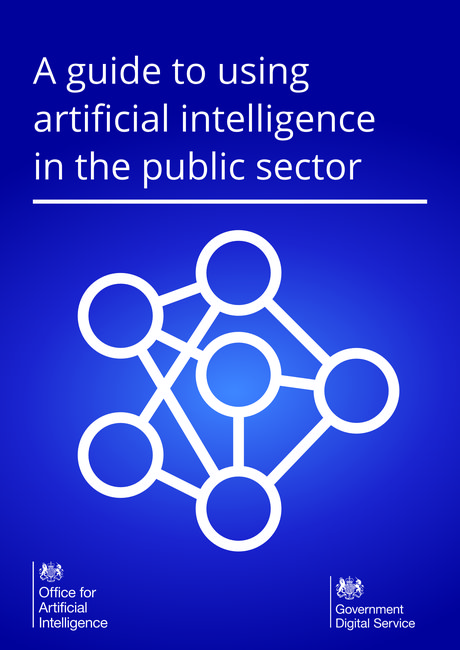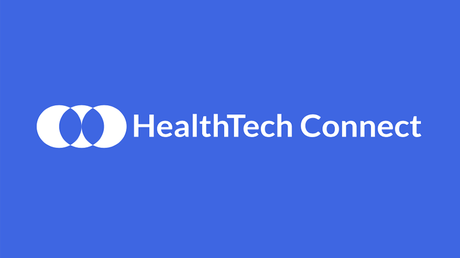Using AI to improve back office efficiency in the NHS
The problem
The NHS is facing challenging times. It is under pressure to maintain NHS services for both patients with COVID and non-COVID related issues. An increasing number of patients are waiting longer than the government’s 12-week wait target to be seen by a specialist. The administration teams behind the planning and scheduling of NHS care are managing long patient waiting lists and trying to maximise resources, and the pandemic has added more pressure to this often manual system.
The range of administrative problems experienced by health and care workers includes:
- Increased complexity of optimising theatre schedules with changing safety guidelines
- Difficulty providing patients the ideal care experience due to appointment conflicts
- Increased time spent on manual referral processes
- Higher costs of administration caused by inefficiency
These issues are not only demoralising for staff, they have a negative impact on patient health and care. The increasing time and work burden of manual tasks for staff can mean delays to diagnosis and treatment and interruptions to care for patients.
How AI is helping
Artificial intelligence (AI) technologies are well suited to support this administrative burden. Machine learning software in particular can not only rapidly analyse complex information, it can be trained to find patterns and optimal solutions. All skills that can be used to alleviate the strain on managing, planning and scheduling health and social care across the UK.
The following fictional patient story features AI products that have won funding and support from the AI in Health and Care Award. The AI Award is helping to trial and evaluate 86 AI technologies that focus on the most pressing issues for health and care, as laid out in the NHS Long Term Plan.
The patient
Tom is an accountant with a full time job in Sussex. He needs advice about a stomach problem from his GP, Dr Shama, who works in a busy health centre. After an initial appointment, Dr Shama decides to refer Tom to gastroenterology specialists at the local hospital. She uses an electronic referral system that is designed to ease the communication process and provide a consistent system of referral for the vetting clinicians who manually triage them (assess them for next steps).
The consultant
The hospital receives around 16,000 new gastroenterology referrals per year and the gastroenterology consultants usually triage around 30 to 40 referrals a day. Complexities in the decision-making mean that there is likely to be significant variability in the path that each patient takes.
In an attempt to free up consultant time and improve the consistency of triage, the hospital is trialling an AI-assisted triage support tool. Tom’s referral data is analysed by the system and provides his consultant, Mr Mackay with fast, automated triage decisions based on gastroenterology guidelines. Mr Mackay is able to see the level of urgency and can progress Tom’s care in a fraction of the time usually taken by a manual process.
The care and treatment plan
Tom will now need a series of appointments with Mr Mackay and the hospital team. Working full time means accurate scheduling is important to Tom, and he welcomes helpful reminders to attend.
Mr Mackay’s team uses an AI software tool to help with appointment attendance rates, as the COVID-related rising rate of “did not attends” (DNAs) is a problem for staff and means wasted money and resources for the NHS.
The AI system uses past appointment attendance and demographic data to predict those patients most likely to miss appointments. It customises communications to contact people in the most helpful way and links existing appointments in order to optimise rearrangements for the hospital and limit the impact of changes on the patient.
The allocation of hospital staff
As part of his treatment, Tom spends some time overnight in the hospital. The maintenance and cleaning teams he sees around the ward have their duties managed and prioritised by a data-driven workforce solution. This tool uses indoor location technology that is a bit like a GPS (Global Positioning System) for hospitals in that it tracks staff via smartphone and is able to assign tasks to individuals or teams based on their location.
Having the right people in the right place, at the right time is helping patients like Tom to receive the care and attention they need, and helping the hospital save time and money.
Further research and clinical trials
Throughout his treatment at the hospital, Tom’s health information (his symptoms, tests, investigations and treatments) is carefully documented by Mr Mackay in an electronic patient record (EPR). EPRs are valuable for researchers looking to identify the best possible care for patients with specific conditions, but they can be time-consuming to research as much of the data is in written form and therefore unstructured.
Researchers at Tom’s hospital are able to assess his EPR more quickly and reliably by using an AI application that codes the relevant information and gives it a structure that means it can be analysed.
Being able to extract this unstructured information from EPRs so easily provides researchers with valuable information that can lead to new breakthroughs for patients like Tom. Being able to search this data also means that Tom is quickly identified as a suitable candidate for a new clinical trial and is invited to participate.
What’s next for these technologies?
The technologies in this case study are some of the 79 AI solutions being supported by the AI in Health and Care Award, run by the NHS AI Lab and the Accelerated Access Collaborative and managed by the National Institute for Health Research. They are being tested and evaluated to ensure that the products are robust and have a positive effect on the issues they are attempting to solve. This process is also designed to provide the technology companies with a helping hand through the governance surrounding technologies for health and care. The AI Award was created to ensure that the best of these technologies makes it into use in the NHS quickly, safely, ethically.
The AI Award technologies featured
RITA (Referral and Intelligent Triage Analytics) by Deloitte
RITA is a data-driven demand management system that was trialled with the gastroenterology department at Western General Hospital in Edinburgh for two years starting January 2020. The AI Award is supporting further testing on other specialties and organisations, and the inclusion of additional data sources such as test results and co-morbidities.
DrDoctor by ICNH Ltd
DrDoctor is a patient engagement platform that has funding and support for three years via the AI Award to research maximising hospital resources in three ways: reducing DNAs, reducing cancellation rates and reducing face-to-face appointments.
Intelligent Workforce Solution (IWS) by Navenio
IWS uses 5 AI-powered sciences to deliver location technology that can be used to manage staff tasks. It is already in use in the NHS and with support from the AI Award, IWS is being evaluated through 3 of their existing hospital sites to provide a baseline for the product before onboarding 10 further hospitals. Phase one is for logistics teams like porters and cleaners. Phase two expands this to clinical support teams. Through the AI Award, Navenio will develop a proven and nationally scalable evidence-base to help support improved patient flow across the NHS.
CogStack by King’s College London, King’s College Hospital and University College London
CogStack is a technology that aims to provide an efficient way to read and code clinical records in the NHS. The team behind this technology have funding and support from the AI Award to further test and improve the natural language processing model at 5 NHS trusts: Kings College Hospital, South London & Maudsley Hospital, Guys & St Thomas Hospital, University Hospital Birmingham and University College London Hospitals. The evaluation will aim to demonstrate the benefit for clinical coding use and develop a blueprint for adoption at other healthcare organisations.


